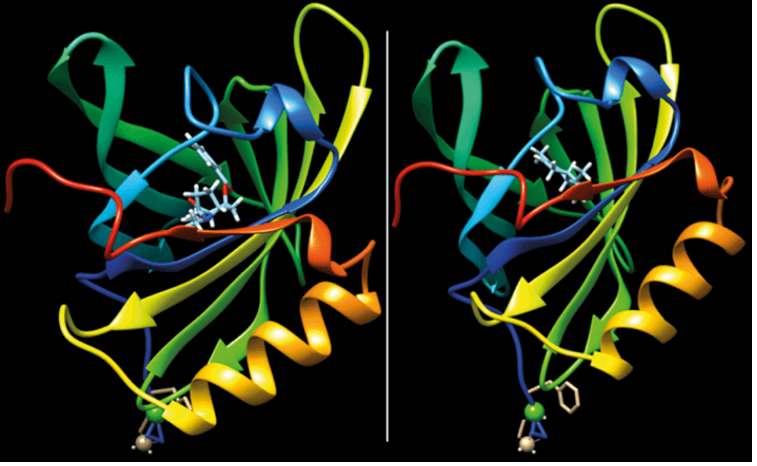Harnessing Computational Methods in Asymmetric Synthesis
Introduction Asymmetric synthesis is a critical area of chemistry that relies heavily on the precise control of molecular chirality. While experimental methods have traditionally driven advancements in this field, the integration of computational chemistry has significantly enhanced our understanding and capabilities. Computational approaches offer several advantages, including the ability to model complex systems, predict reaction outcomes, and optimize catalysts. This blog explores the role of computational chemistry in asymmetric synthesis, showcasing its techniques, applications, and …
Harnessing Computational Methods in Asymmetric Synthesis Read More »









